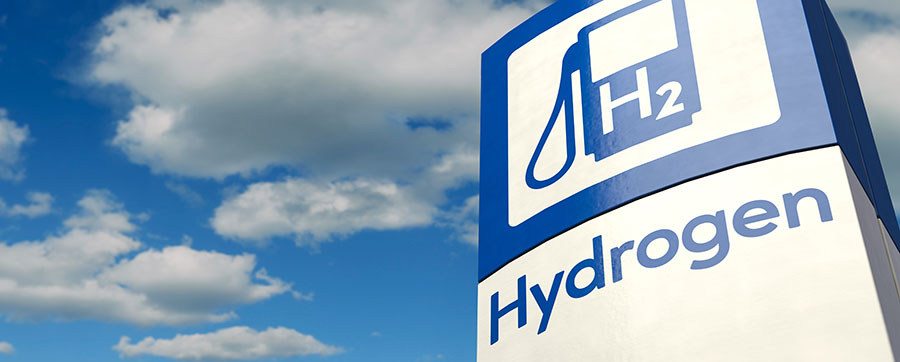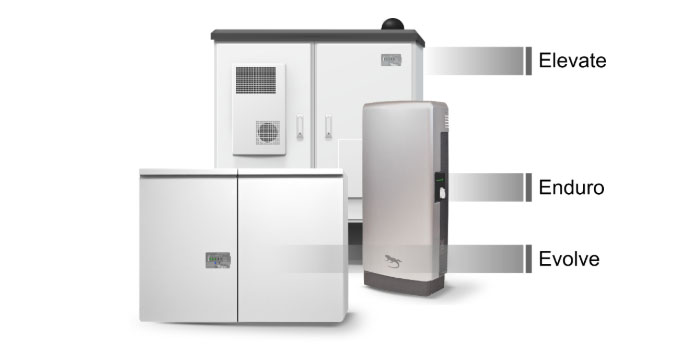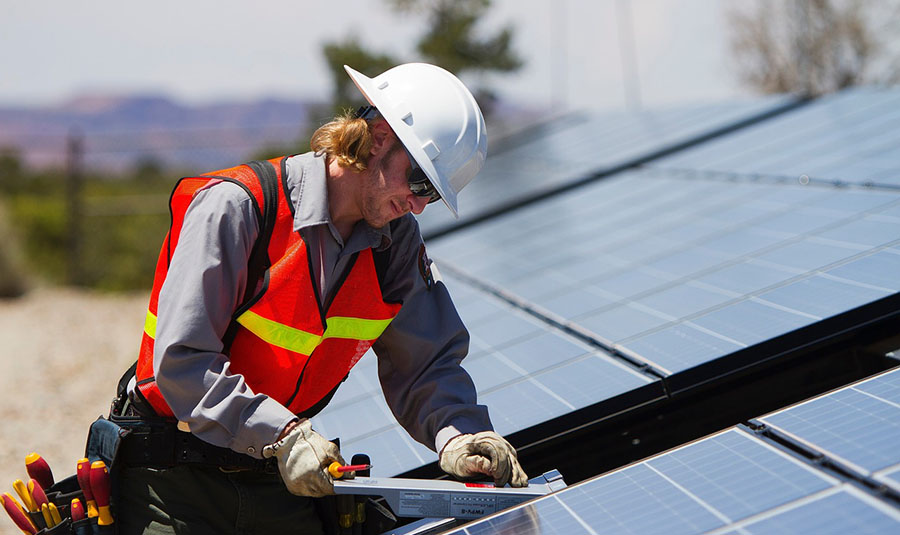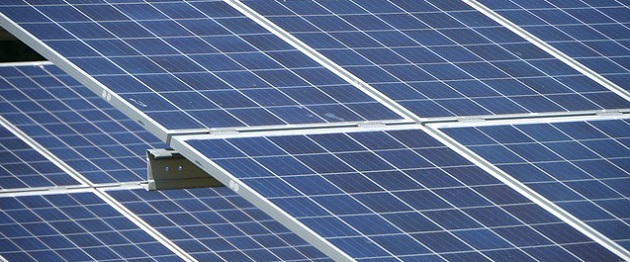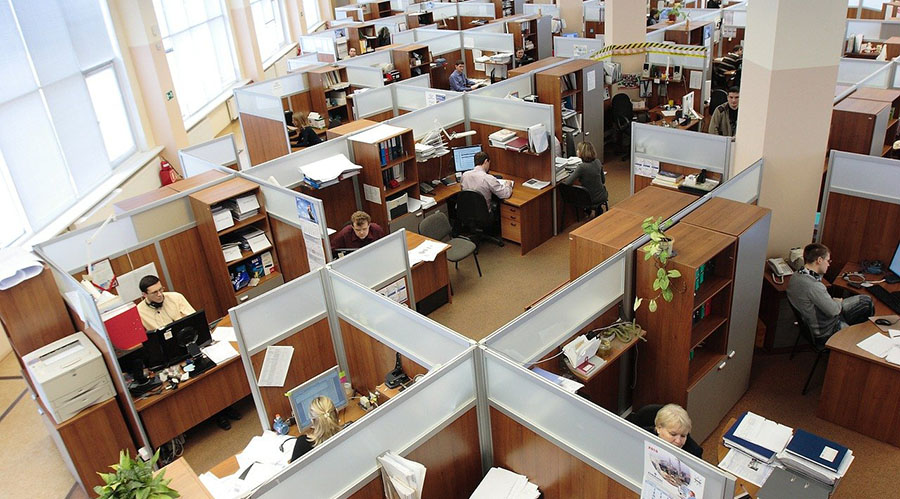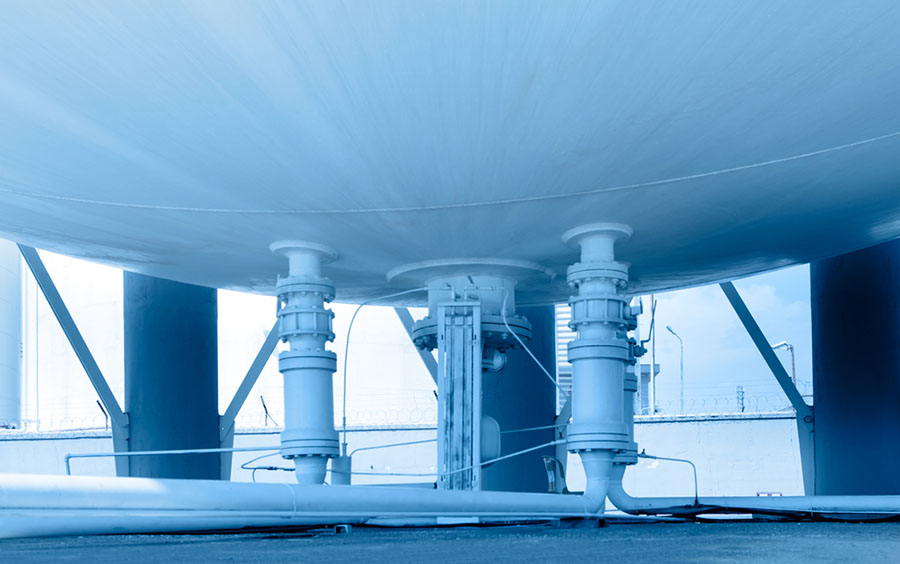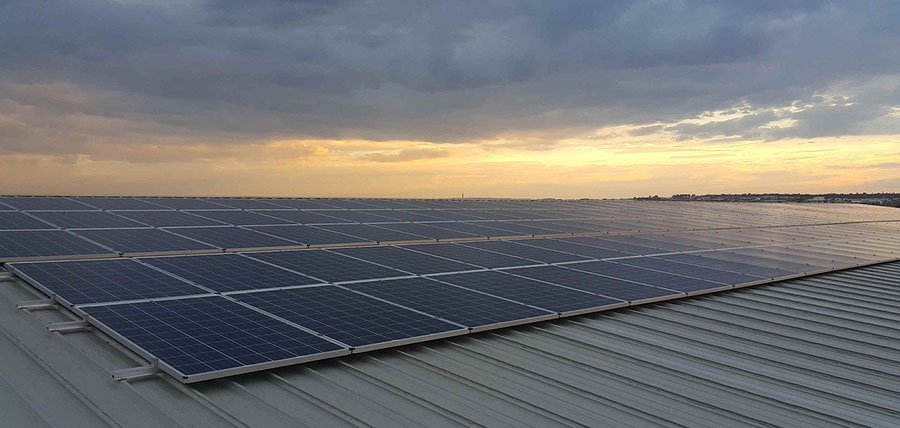"Then one day he was dumpin' off some food, and out of it all came a bubblin' crude. Fuel that is…landfill gold, Texas tea…"
Is it landfill or jet fuel? New technologies blur our ideas about waste.
One of the least-viewed articles in yesterday's Digest offered proof positive on how great a job the advanced biofuels and MSW industries have done in setting exalted expectations.
British Airways committed to a 10-year, $500 million offtake agreement with the GreenSky London facility—which is converting municipal solid waste into jet fuel—and permitting is now underway for construction of the facility at a site in East London, which GreenSky now has an exclusive option to buy.
Zzzzzzz. The world, it appears, was more intent on catching the latest on the Duchess of Cambridge's bout of morning sickness. Sigh.
To go over the data once again: GreenSky London—a joint development between British Airways and Solena—will convert around 500,000 tonnes of locally sourced waste, that would otherwise go to landfill, into 50,000 tonnes of sustainable aviation biofuel and 50,000 tonnes of bionaphtha and biodiesel. The facility will also have a renewable power generating capacity of 40 MW.
The Digest's take? Not exactly business as usual, folks. Though attention may have been diverted by news that Fulcrum Bioenergy had secured $175 million to build its first commercial plant, Fulcrum is making fuel from MSW as well, and simply is a pile-on in terms of demonstrating momentum.
Even the massive news yesterday that Sasol will invest between $15 and $21 billion in a greenfield gas-to-liquids project in Louisiana—well, that's using natural gas that is currently without an economically viable home and, without a high-value market, might remain be fit for flaring or simply left in the ground.
Tight oil, horizontal drilling, fracking, steel gas-to-biofuels, MSW-to-biofuels—there's a complete renaissance in identifying, capturing liquids and gas for energy—in the very engine-room of advanced civilization. Waste is (finally) becoming a transitional state—a phase—rather than an end-product.
The renaissance in MSW, by the numbers—and some cautionary notes
Yet if the sea-change is not getting much attention, it is certainly getting some traction. Yet there remains a fantastic level of upside for the intrepid investor.
Geoff Rathbone, VP Resource Recovery, Progressive Waste Solutions—speaking at the recent Waste Conversion West Coast Congress in Long Beach—put it best: "We are just starting to reuse organic waste in North America—the EPA says we are using 3% of the total available. The figure in 37% in Europe. In Germany, 20,000 trucks are running on CNG or LNG from waste, and there is 2.3 gigawatts of biogas power."
Waste Managament's Joe Vaillancourt, managing director of WM's Organic Growth Group, concurs. "We see huge potential emerging. From recycling technologies to increase the capture—and conversion into energy and chemicals. We're dabbling in just about every technology—a total of 30 investments to date."
The cautionary note? "Syndicates and consortia are needed both among private enterprise and at the private-public level to realize the promise of these technologies," Vaillancourt cautioned.
"The landscape is changing, and there's no one, silver bullet technology. Customers require integrated solutions, and existing infrastructure needs t be used to de-risk investments. We also need to see an increase in public-private partnerships and more sophisticated syndicates. Companies like Walmart can't do this alone, and Waste Management can't. We have to work together."
The sourcing of organic waste
In the old days the mantra was: Collect, separate, recycle and sequester. What could not be recycled, like plastics and metals, went to the landfill. The talk was of avoidance, diversion, minimization, mitigation.
Today, the talk is sourcing, channels, fractionation, hub and spoke.
The system? "We see hub and spoke materials recovery facilities (MRFs) emerging," said Progressive Waste Solutions' Rathbone." Maybe 200,000 tons in a district, hauled to a sorting station, and the recyclables sent to a hub MRF. The remainder to the landfill—or for organic processing.
The sources? "Residential green box programs, 42%, restaurants 18%, fast food waste 10%, grocery waste 10%, food processing waste 10%, and rendering FOG (fats oils and greases) 6-8%, according to Rathbone. "The blue box for residential pre-sorting has become pretty ubiquitous," Rathbone noted. "Now, green bins are becoming common for source separation. But you need technologies that can use standard bag in the kitchen and at the curbside, to manage the "yuk" factor and get consumer adoption."
The contents of those bags in those green bins? "70% food and pet waste, 10–15% diapers and sanitary waste, 10% tissues and towels, and 5–10% paper and packaging," noted Rathbone.
The barriers—and they are real
How feasible and financeable are the technologies today? Without tipping fees, incentives, mandates and so on—not very.
Now, tipping fees are real—communities have real reasons to invest in avoiding waste. They have real reasons to provide incentives for new, job-creating local industries that, in this case, process garbage into gold. There are broadly agreed mandates to move towards low-carbon energy solutions.
But government has limits—technologies have to find economic sustainability as well as social sustainability in order to realize global scale.
Also, industry has to figure out how to dry organics better—it costs money and energy to ship all that water, not to mention the cost of gasifying water into low-value steam—if gasification is used.
If hub and spoke systems are the future, they will have to be planned, financed and built—not to mention the conversion technologies, themselves, need to be financed at scale. Who pays? That will be a debate, if not a battle.
The bottom line
It's the new waste. What do we hear from industry? Think intermediate, upgraded to fertilizer, fuels, chemicals or packaging materials, instead of dead-end by-product aimed at the landfill. Think sourcing not sequester. Above all, think highest-value rather than lowest-cost.
Jim Lane
Biofuels Digest


